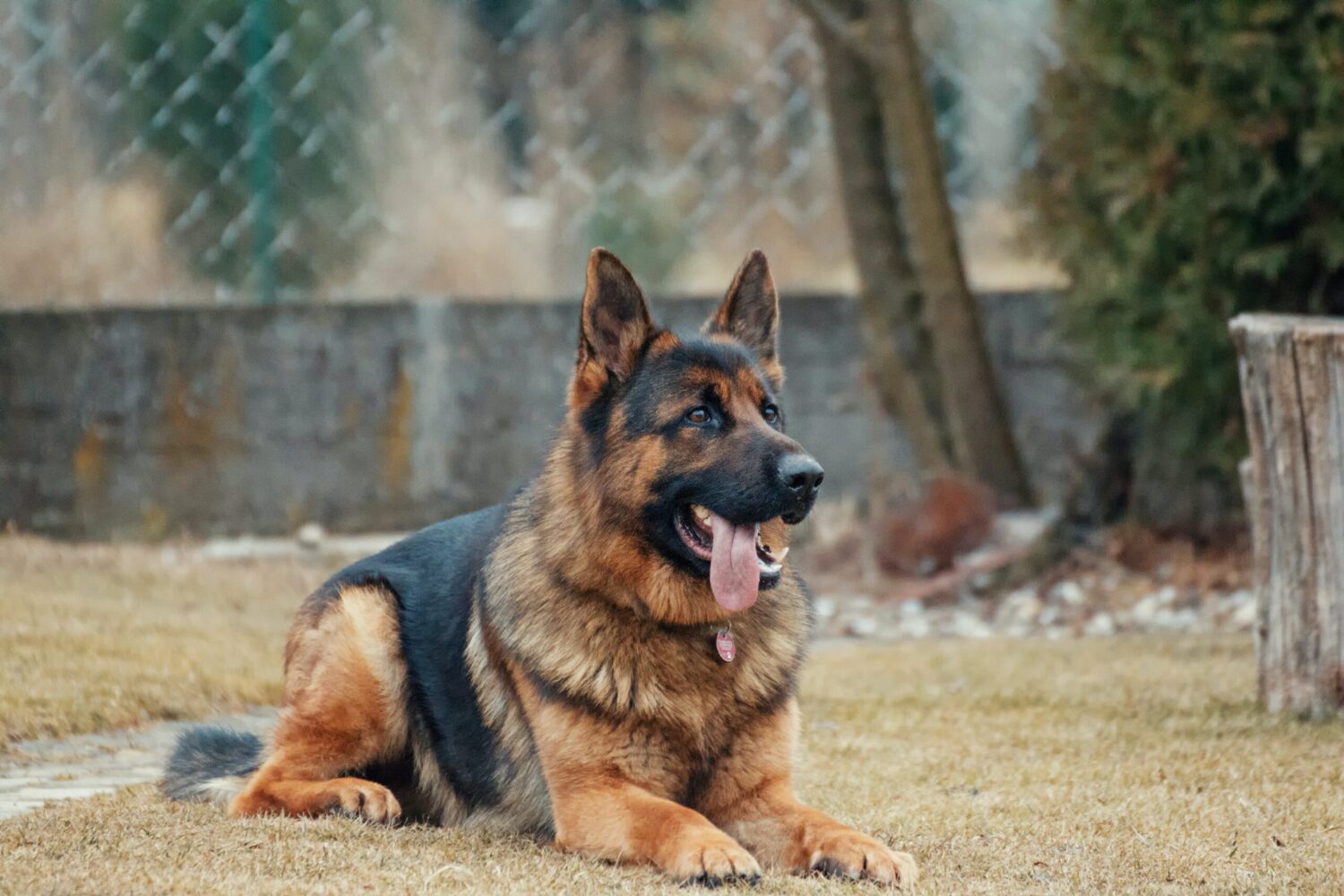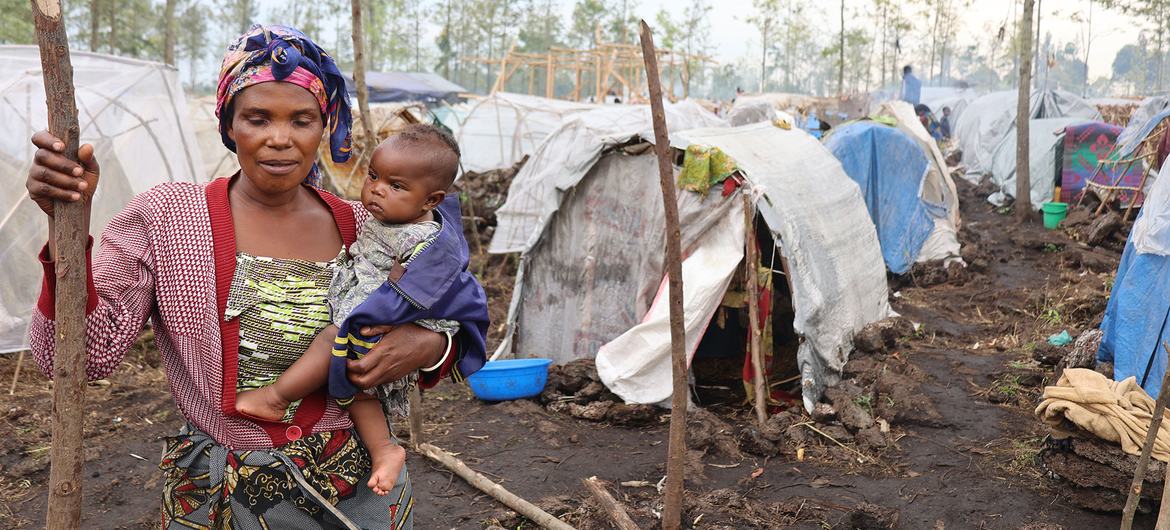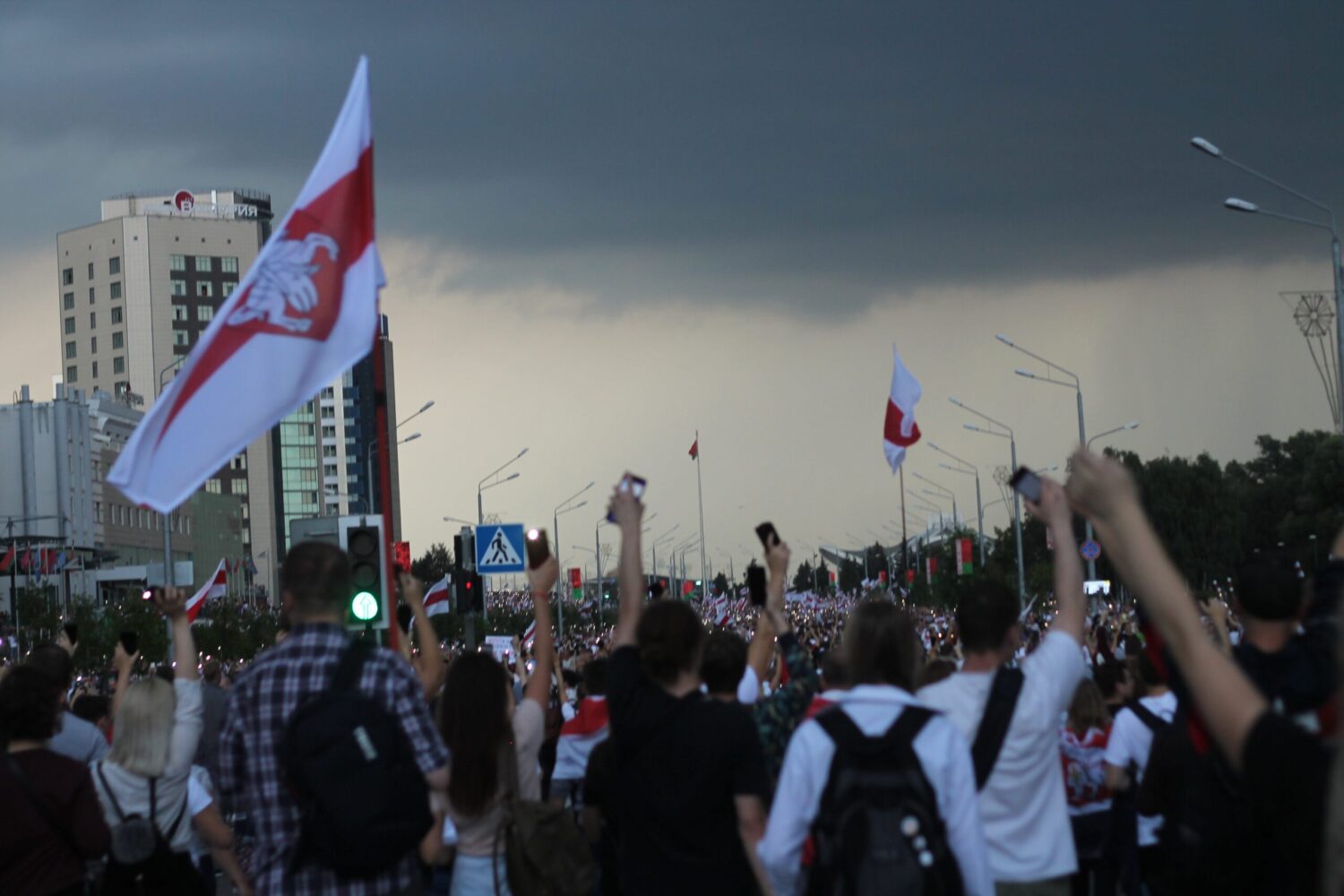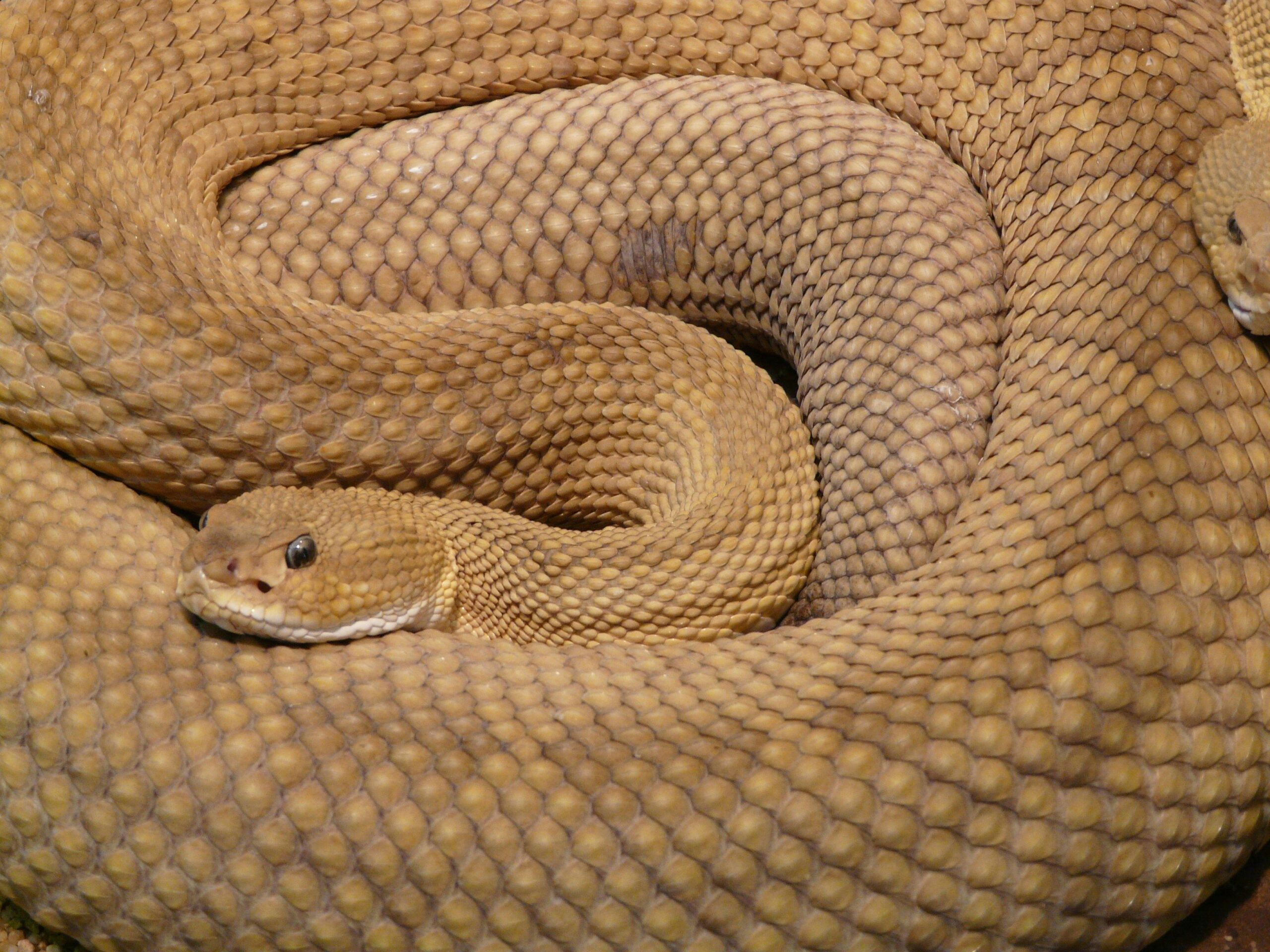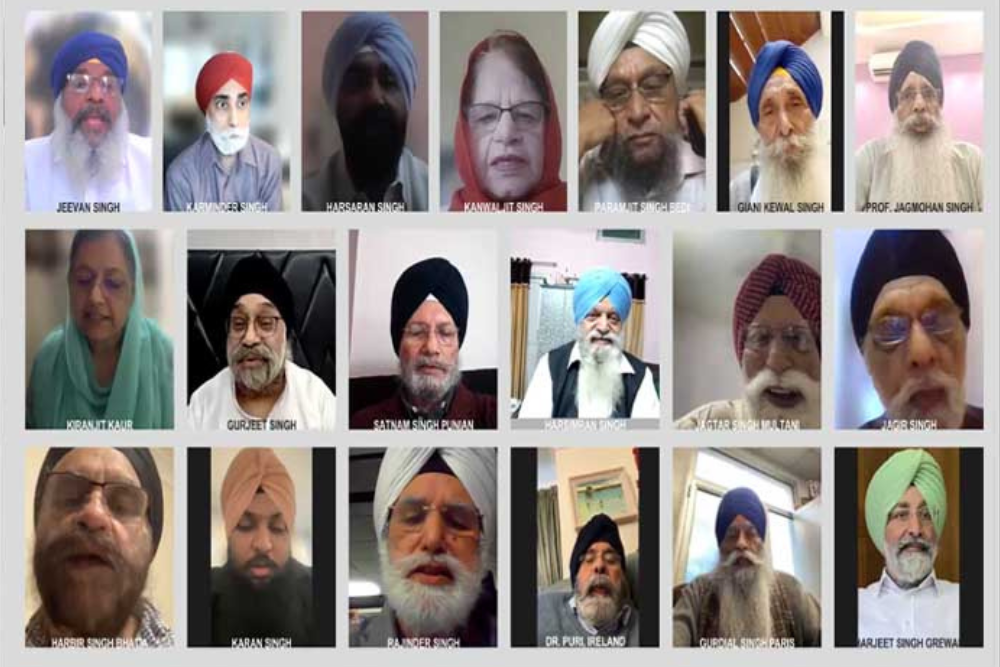If you have noticed that while eating, your dog spills a large part of the contents of its bowl on the floor around it, then you are probably wondering what is the cause of this behavior in the animal? And, more importantly, what can you do to help your pet eat a little more cleanly and tidily?
Here are a few things you can try to limit the amount of dog food you spill on the floor of your home.
• Check that you are giving your dog the correct amount of food
If you fill his bowl too much, your dog may not be hungry enough to eat it all. Check the food package for suggested serving sizes based on your pet’s specific weight.
• Eating in private
Some dogs may become distracted or defensive during feeding. If you have other pets at home, your four-legged friend may become anxious when it’s time to eat. This may cause him to take a bite of the contents of his pan and carry it elsewhere to eat it. Dropping some of the granules along the way, of course.
• Maintain regular mealtimes
And clean your dog’s litter box between meals. This way, the animal will be hungrier when it’s time for dinner. This will also prevent him from rummaging through his bowl every day, leaving food on the floor.
• Change of food
Your dog may just be picky and doesn’t like the type of food you currently have. Trying something new can change that. Also, make sure the formula is appropriate for your pet’s breed, age, and size.
• Make sure the food has not spoiled
If your dog’s food is moldy and rancid, he will not want to eat it and may leave it on the floor. Be sure to store the granules in their original bag and airtight container to keep them fresh. Use within six weeks after opening the package.
• Change the food bowl
It may not be the food, but the litter box that is causing your dog’s behavior. Try changing it up by choosing a container of a different material or size.
• Point out your dog’s dropped bites
It is possible that your pet simply did not notice that he left uneaten food.
Photo by Summer Stock: https://www.pexels.com/photo/adult-german-shepherd-lying-on-ground-333083/



